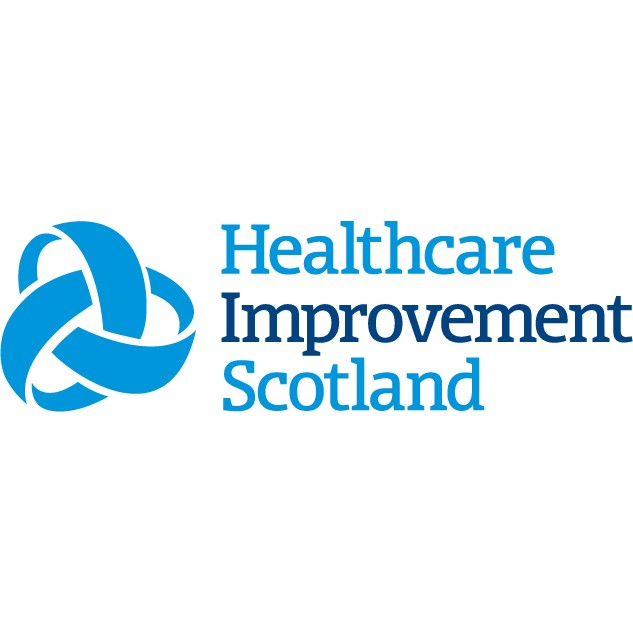Setting a project aim
All quality improvement projects should have an aim that is:
- Specific
- Time bound
- Aligned to the organisation’s objectives, and
- Numeric (STAN)
The national aim for the Frailty Improvement and Implementation programme:
People living with or at risk of frailty have improved experience of and access to person centred, co-ordinated health and social care.
By [Insert Locally Agreed Date]:
- More people over 65 are identified earlier as living with frailty
- People living with frailty, carers and family members report positive experiences of health and social care services
- Health and social care teams report improved integrated working
